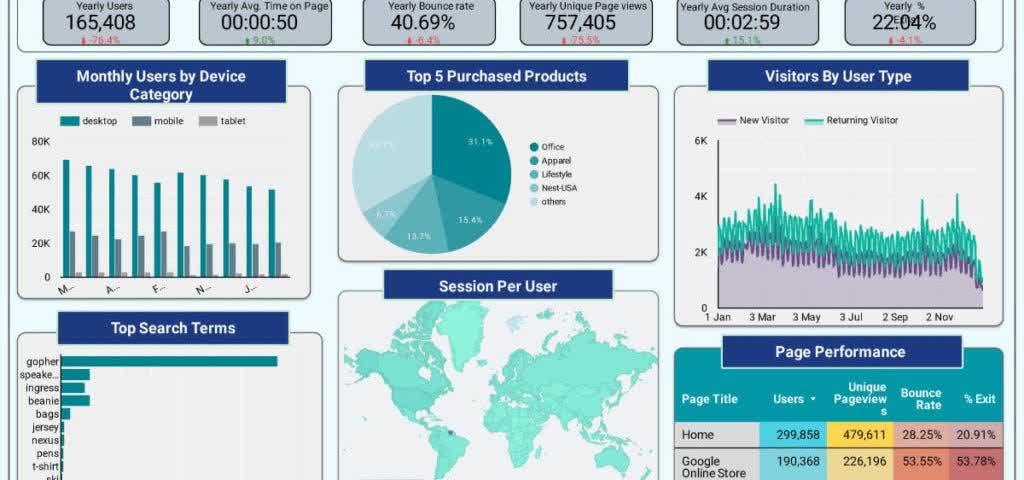شرکت تدبیراندیشان توسعه آروند، یک شرکت مشاورهای فنی و استراتژیک است که با همکاری متخصصان مجرب و استفاده از رویکردهای نوین مدیریتی، خدماتی پیشرفته در حوزههای مختلف بهینهسازی فرآیندها، تحلیل دادهها، طراحی داشبوردهای تعاملی، برنامهریزی تولید و تصمیمگیری استراتژیک ارائه میدهد. در این شرکت، از ابزارهایی مانند Power BI، Tableau، Python،SQL و ERP استفاده میشود تا بهرهوری، کاهش ضایعات و افزایش دقت در تصمیمگیریها بهبود یابد. با رویکردی شخصیسازی شده و تمرکز بر نتایج عملی، شرکت تدبیراندیشان توسعه آروند، یکی از مجموعههای معتبر در زمینه مشاوره فنی و تحلیل داده است که به سازمانها و صنایع کمک میکند بدون سرمایهگذاری سنگین، روند فرآیندها را بهبود بخشند و بازدهی آنها را افزایش دهند. این شرکت با تمرکز بر تحلیل دادههای عملیاتی و تولیدی، با استفاده از الگوریتمهای پیشرفته و روشهای داده کاوی، راهکارهایی را طراحی میکند که به سازمانها کمک میکند تا با استفاده از دادهها، رفتارهای غلط را تشخیص دهند، تصمیمگیریهای دقیقتری بگیرند و به رشد مستمر دست یابند. همچنین، با ارائه دورههای آموزشی کاربردی و مفهومی، تیمهای داخلی را به انجام فرآیندهای بهینهسازی و استفاده از ابزارهای تحلیلی مجهز میکنند.

کاهش ضایعات، افزایش بهرهوری و بهبود برنامهریزی بدون نیاز به سرمایهگذاری سنگین.

طراحی Dashboard تعاملی برای تصمیمگیری لحظهای و بدون حدس و گمان

استفاده از داده و مدل های هوش مصنوعی برای پیشبینی ضایعات، تقاضا و قیمت مواد اولیه و ...

ورود به بازارهای منطقهای، مدیریت ریسک ارزی و طراحی نقشه راه توسعه
جلسه آشنایی رایگان درخواست دهید و راهکارهای دادهمحوری را کشف کنید که مسیر بهینهسازی، بهرهوری و رشد پایدار را برای شما روشن میکنند.
درخواست جلسه آشنایی
با هدف تصمیم سازی آگاهانه وافزایش دقت برنامهریزی
راهکار: استفاده از داشبوردهای Power BI

با هدف تحلیل دادههای فروش، موجودی، تخفیفات، بازارسنجی و شناسایی گروه مشتریان جدید
راهکار:تحلیل دادههای فروش، موجودی و تخفیفات با استفاده از XGBoost و داشبوردهای Power BI و شناسایی گروههای هدف جدید

با هدف تحلیل بازار، متناسبسازی محصولات و طراحی نقشه راه 6 ماهه برای صادرات
راهکار: تحلیل دقیق بازارهای هدف، شناسایی استانداردهای محلی، بهینهسازی بستهبندی، ارتباط بامشتریان اولیه و ثبت اولین سفارش صادراتی